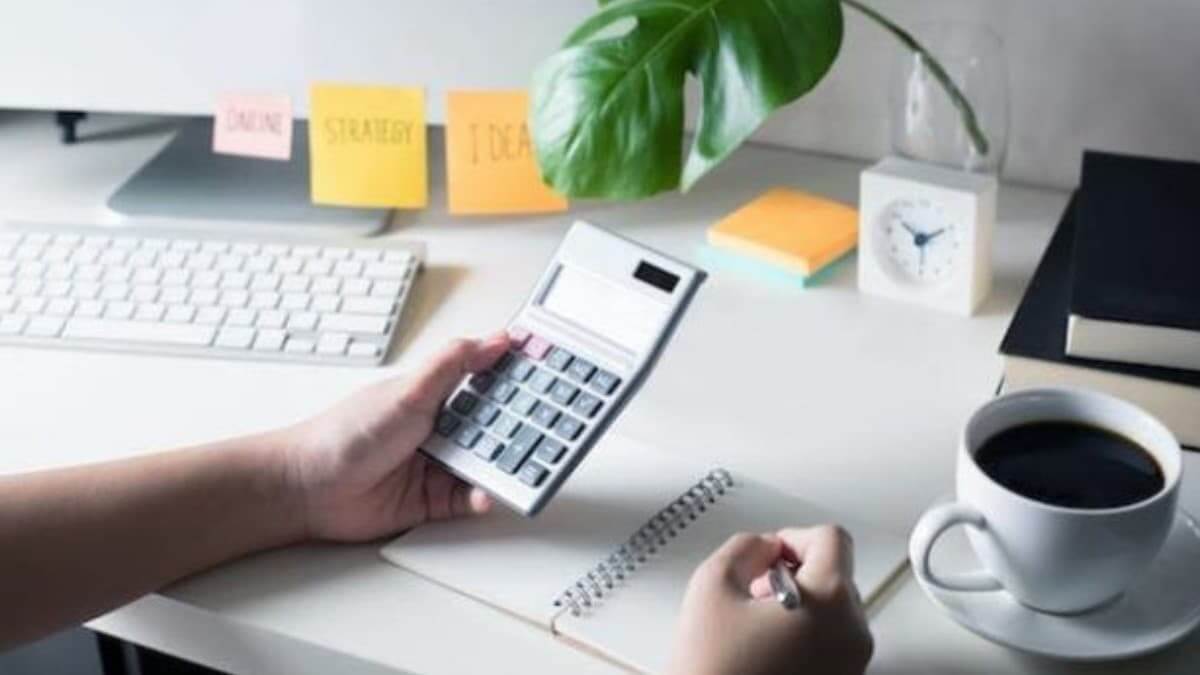
Every taxpayer in the United States that earns income that isn’t subject to federal income tax withholding must pay taxes by making estimated tax payments. Since not everybody has an employer to withhold federal income taxes from their income, those that aren’t earning an income that’s subject to withholding must pay taxes by estimating them.
The Internal Revenue Service wants taxpayers that are required to pay taxes by estimated tax payments to make their payment within 15 days after the quarter ends.
Important dates for estimated tax payments
For the 2023 – 2024 taxes, the quarter dates are as follows.
Q1 starts on January 1 and ends on March 31, 2024.
Q2 starts on April 1 and ends on June 30, 2024.
Q3 starts on July 1 and ends on September 30, 2024.
Q4 starts on October 1 and ends on December 31, 2024.
After the quarter ends, you have 15 days to pay your quarterly estimated tax payments, thus, the deadline to pay estimated taxes is April 15 for the first quarter, July 15 for the second quarter, October 15 for the third quarter, and January 15(following year) for the fourth quarter. Make sure that you pay estimated taxes by this deadline, or you’ll have to pay late payment penalties.
Estimate taxes correctly
While paying taxes on time should be your priority, you don’t want to underpay taxes as you are likely to face underpayment penalties. The underpayment penalties are subject to taxpayers that even overpay next quarter. In a way, you can think of the quarterly estimated taxes as your total tax liability for that quarter alone. It’s important that you pay off your anticipated tax liability for the quarter in full, or you may be subject to these penalties. The underpayment penalty is between 3 and 5 percent of the unpaid tax amount, depending on how you file taxes.
Paying quarterly estimated tax payments
Paying quarterly estimated tax payments is just like paying any other type of tax. You can use many of the tax payment channels that the Internal Revenue Service has or use payment processors that pay Uncle Sam. While you won’t pay any fees for paying taxes to the IRS, you’ll pay processing fees to the payment processors when you pay with an ATM card, whether it’s debit or credit.
The payment processing fees are higher for credit cards as you would expect and the fee is fixed for debit cards. Learn more about how to pay quarterly federal estimated tax payments electronically.